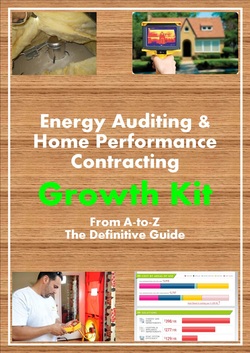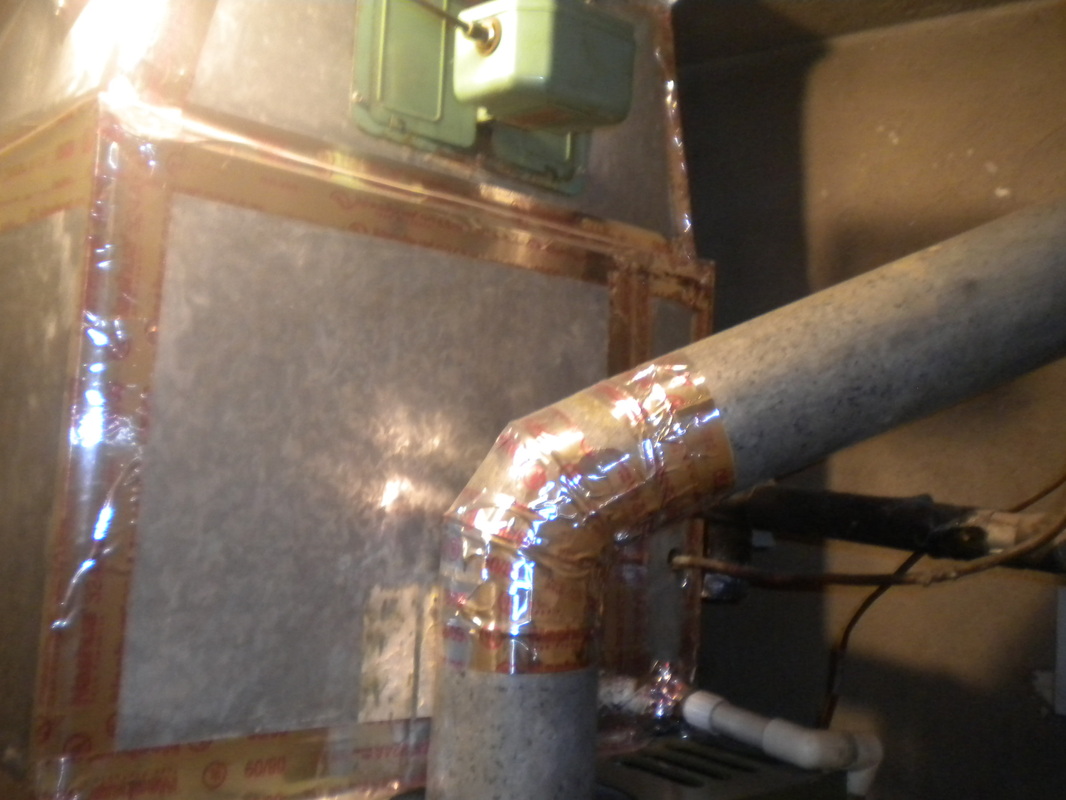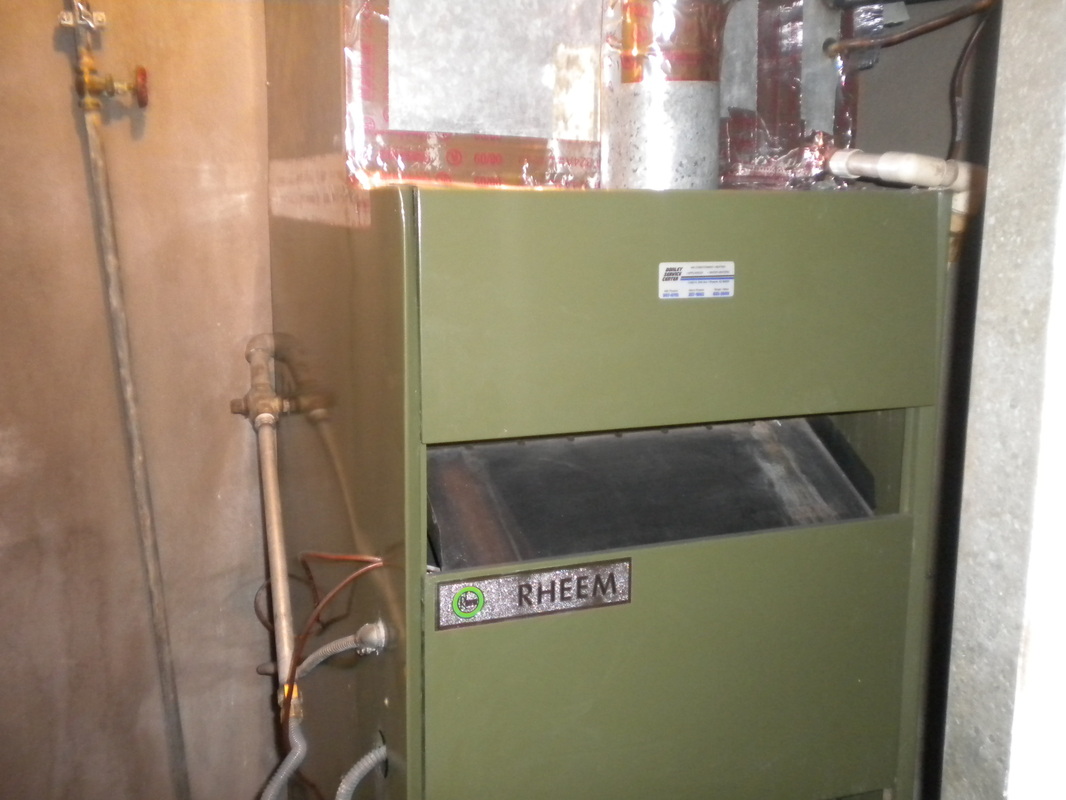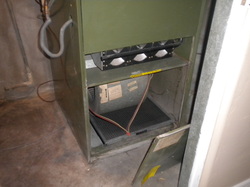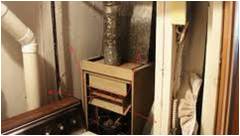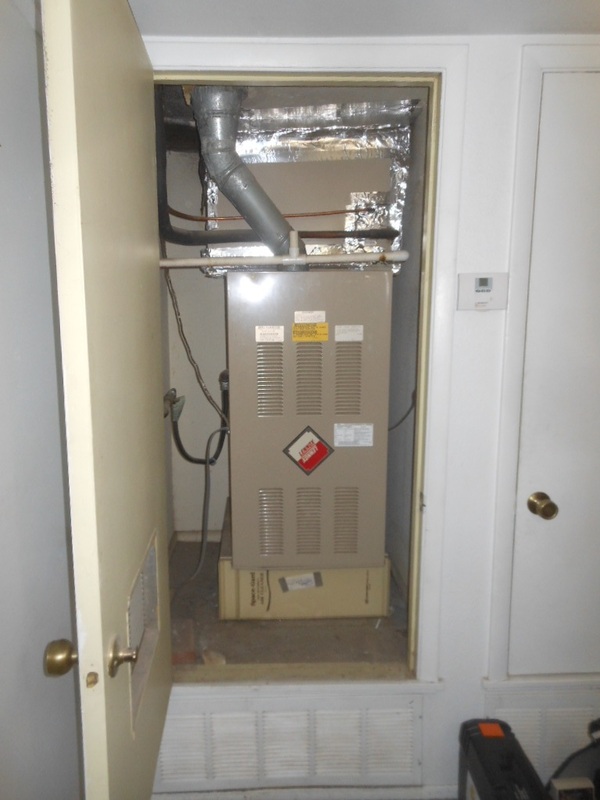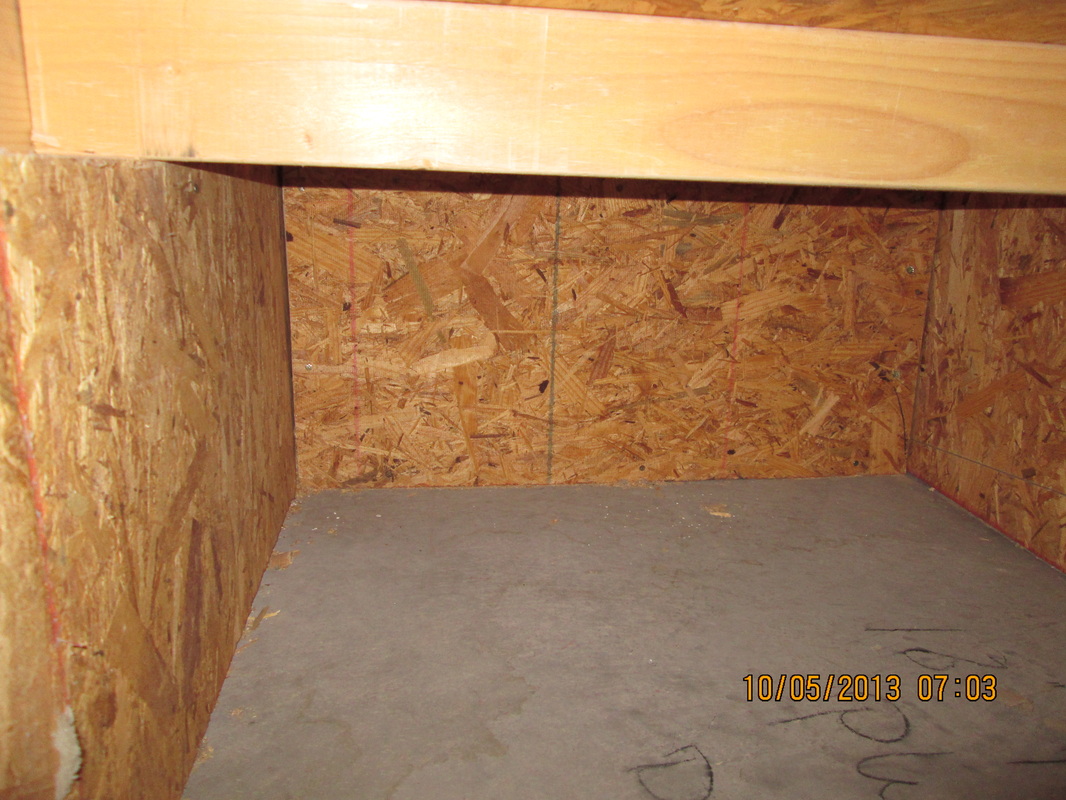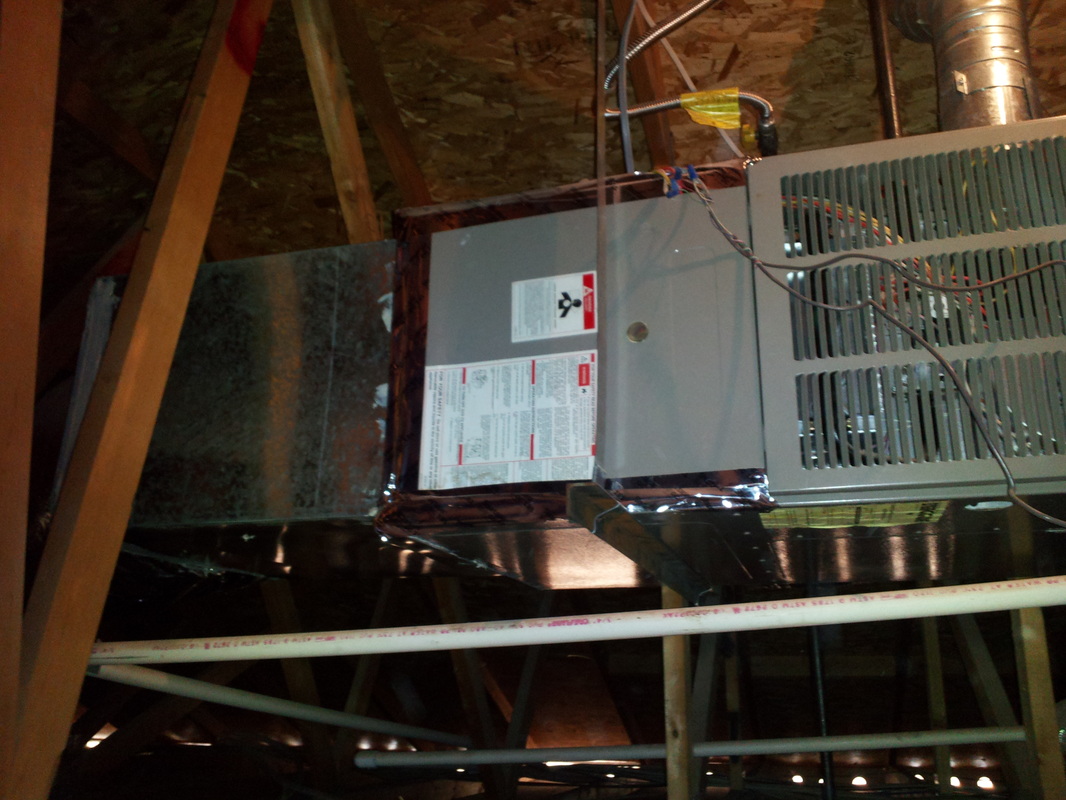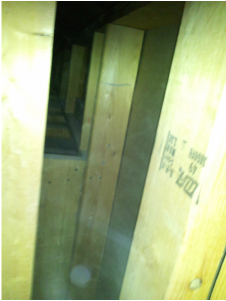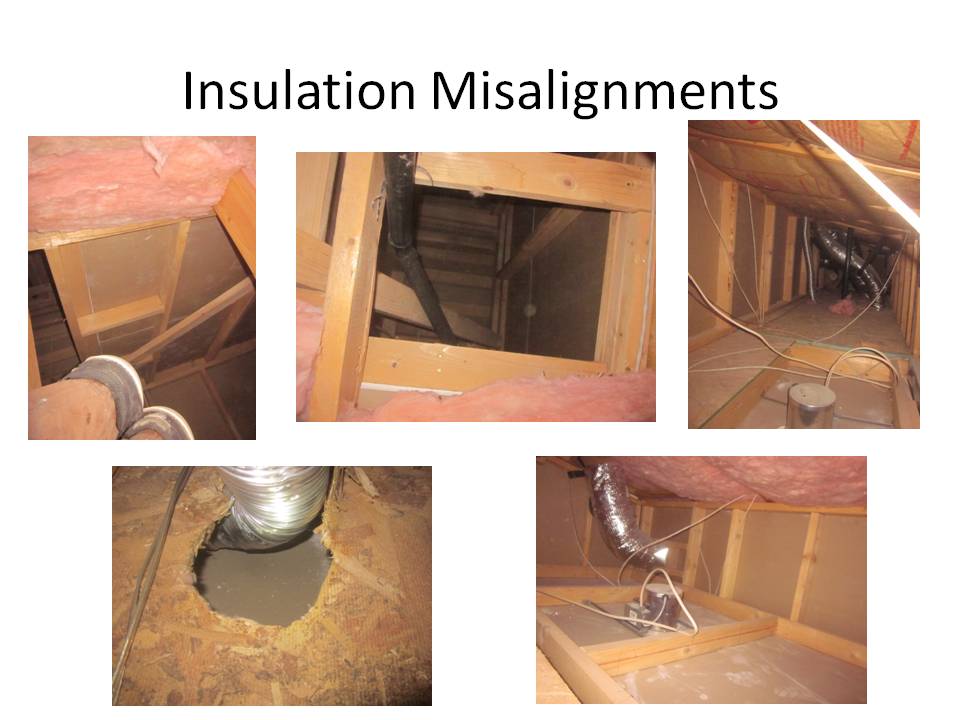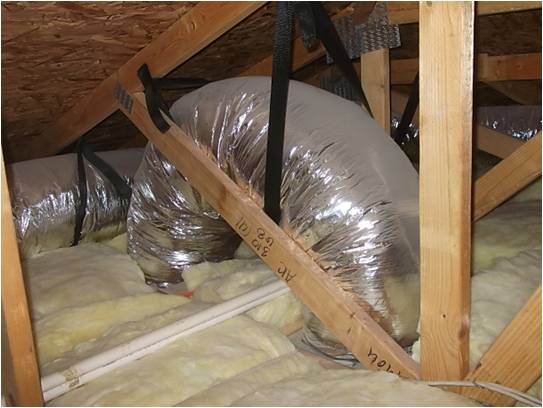WHAT DOES IT LOOK LIKE?
FREE BPI PRACTICE EXAMPUT YOUR HOME PERFORMANCE BUSINESS ON ROCKET FUELENERGY AUDITOR NEWSLETTERGet the only Energy Auditor Marketing Newsletter with monthly strategies and tactics to grow your home performance business.
|
Have your BPI Certification means you are rolling several trades into one and becoming a whole-house energy auditor or home performance contractor. I know many of my peers come from backgrounds as home inspectors, HVAC, framing, general contracting, electrical, plumbing, handymen, engineering, roofing and painting. Having such a diverse background of people means some terms you may be an expert in and other terms you may not be as familiar. Personally, I had to overcome huge hurdles and spend lots of time crawling through attics and inventing new yoga positions to fit into return plenums to get up to speed on this stuff. To make it easier for you, I want to attempt spelling everything out and get you on your feet ASAP. If you find something is missing that you would like shown here, feel free to email me above and I will be sure to include it in this guide. Good luck!
Next SectionHTML Comment Box is loading comments...
|

